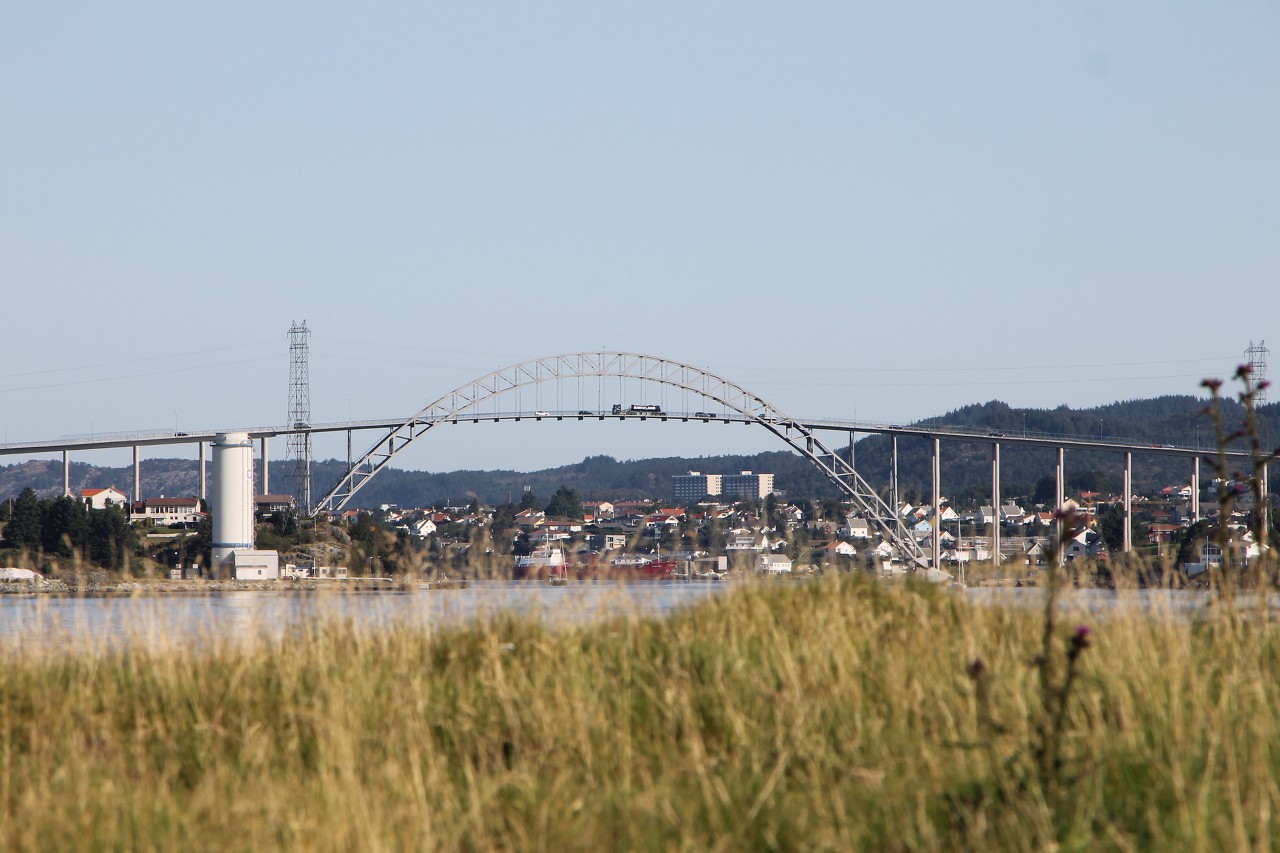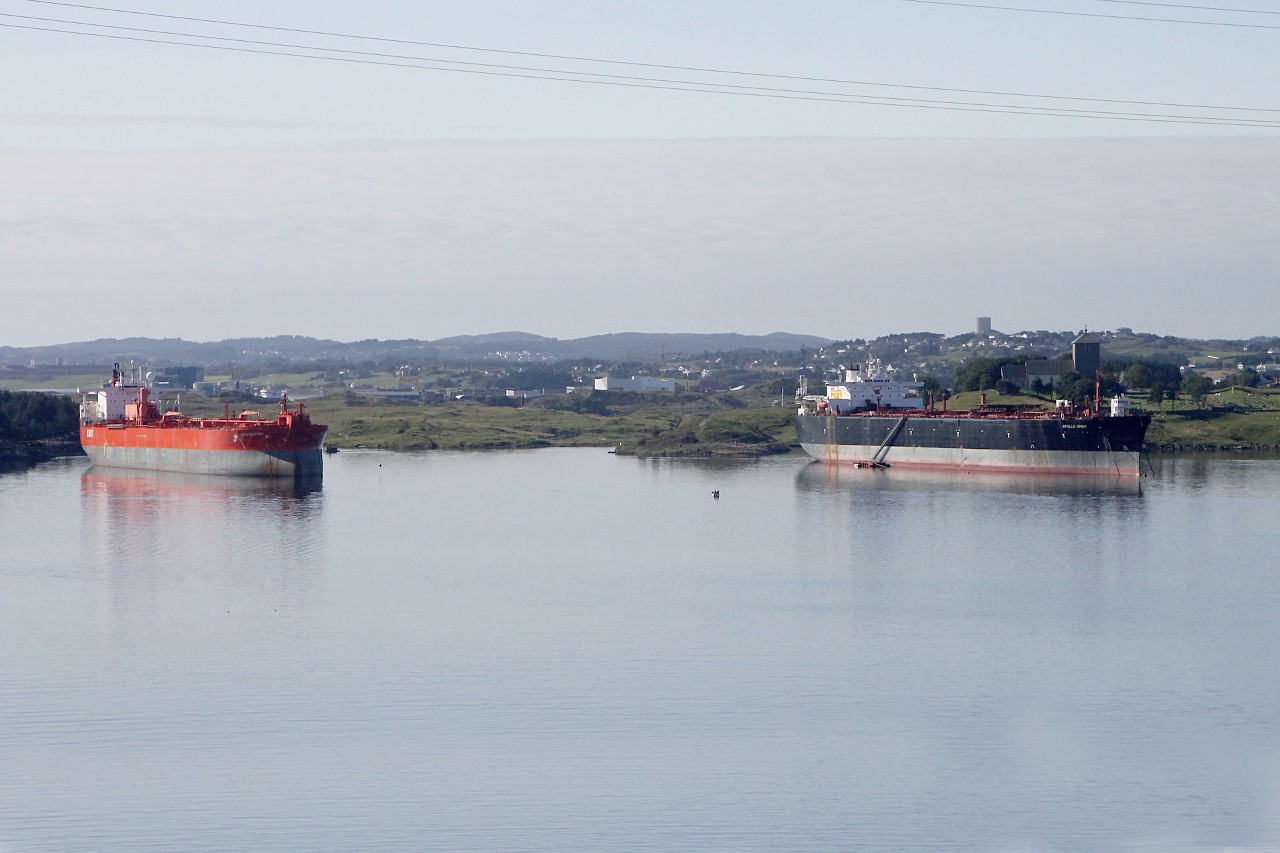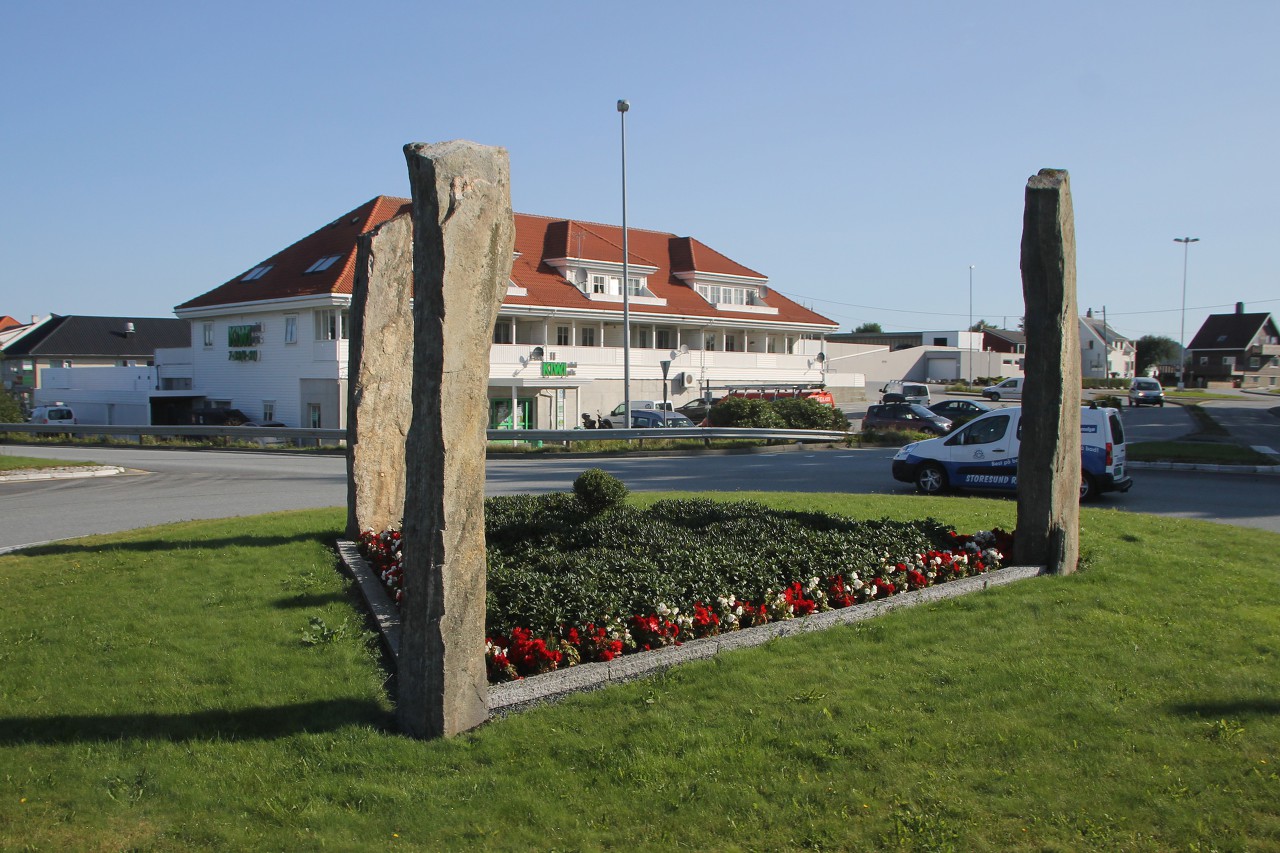Karmsund Bridge
Not far from Haugesund is the island of Karmøy, the birthplace of the Norwegian state. The island is connected to the mainland by the bridge (Karmsund bru), built in 1955. Until the middle of the 20th century, access to the island was possible only by water, in 1918, the car ferry Salhusfærgen began to cross the Strait. It was a pontoon equipped with a kerosene engine and could hold 2 cars or one truck, and it is notable for the fact that it was the very first specialized automobile ferry built in Norway. In the 20-30s, farmers on the island mass-produced automobiles, and in 1938 it was decided to build a permanent crossing over the Strait. Initially, it was proposed to dig a tunnel under the bottom of the Strait, but the rock formations made the construction incredibly expensive. Then the option of laying a tunnel along the bottom of the strait was proposed, but it was not approved due to technical difficulties. It was decided to build an arch bridge, but due to the war, the matter was stalled for 10 years. Design work resumed in 1948, construction began in 1951, and on October 22, 1955, crown Prince Ulaf V inaugurated traffic on the bridge. The total length of the bridge is 691 meters, the length of the arched span is 184 meters. The height of the bridge above the water is 46 meters. This is one of the few steel bridges in Norway, reminiscent of Gustave Eiffel creations and bridges over the Douro in the Portuguese Poro. The emergence of reliable automobiling messages with the mainland caused a rapid development of the island, where before there were only fields and farms. Residential settlements and factories appeared on the banks, and Haugesund airport was built on the Western Bank. The Karmsund bridge is also clearly visible from the Risøybrua bridge in Haugesund.

Driving over the bridge over the Karmsundet Strait, you can admire the huge tankers lying at anchor. Haugesund is known as a large shipyard, and the tonnage of ships assigned to its port is the fourth largest in Norway.

After passing the bridge, we head along Karmøyvegen (E134) to the town of Avaldsnes. At the intersection marked by three rough-hewn stone columns - "Viking needles", turn right on Kong Augvalds, which leads to the Norwegian historical center.
